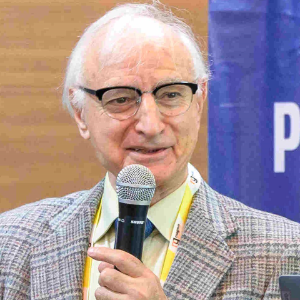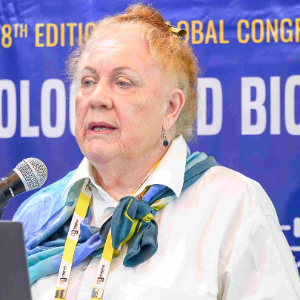CRISPR-Cas Systems in Plants
CRISPR-Cas systems, originally discovered as a part of the bacterial immune system, have emerged as powerful tools for genome editing in plants. This technology allows precise modifications to the plant genome by targeting specific DNA sequences for alteration. The CRISPR-Cas9 system consists of two key components: a guide RNA that directs the Cas9 enzyme to the desired genomic location, and the Cas9 enzyme itself, which introduces a double-strand break in the DNA. This break triggers the plant's natural repair mechanisms, which can be harnessed to insert, delete, or modify genes. The versatility and efficiency of CRISPR-Cas systems have made them invaluable for crop improvement, enabling the development of varieties with enhanced traits such as disease resistance, drought tolerance, and improved nutritional content. Moreover, CRISPR technology has the potential to accelerate traditional breeding programs by allowing for more precise and targeted modifications, ultimately contributing to global food security in the face of environmental challenges.

Mohammad Babadoost
University of Illinois, United States
Mary Cole
The University of Melbourne, Australia
Valasia Iakovoglou
UNESCO chair Con-E-Ect, International Hellenic University, Greece
Satya S S Narina
Virginia State University, United States
Sara Hailemariam
Purdue University, United States
Midhat Mahboob
Lincoln University, New Zealand


Title : Exploring the genetic diversity in tannin-rich forages to explain the large intra species variability in tannin content
Selina Sterup Moore, Aarhus University, Denmark
Title : Isolation and functional properties of biomolecules of plants and its application
Balagopalan Unni, GEMS Arts & Science College (Autonomous), India
Title : Primed for the future: PGPR and the promise of sustainable, heritable crop resilience
Prashant Singh, Banaras Hindu University (BHU), India
Title : Revealing allelic variations in candidate genes associated with grain yield under salinity stress between two contrasting rice genotypes
Nisha Sulari Kottearachchi, Wayamba University of Sri Lanka, Sri Lanka
Title : Adaptive strategies of Aristida L. species across ecological zones of Pakistan: Linking soil characteristics with morphological and physiological traits
Iram Ijaz, University of Agriculture Faisalabad Pakistan, Pakistan
Title : Ethnobotanical survey and abundance of weeds in selected Manihot esculenta (cassava) Crantz farms in Osun state, Nigeria
Dada Caleb Mayokun, University of Ibadan, Nigeria